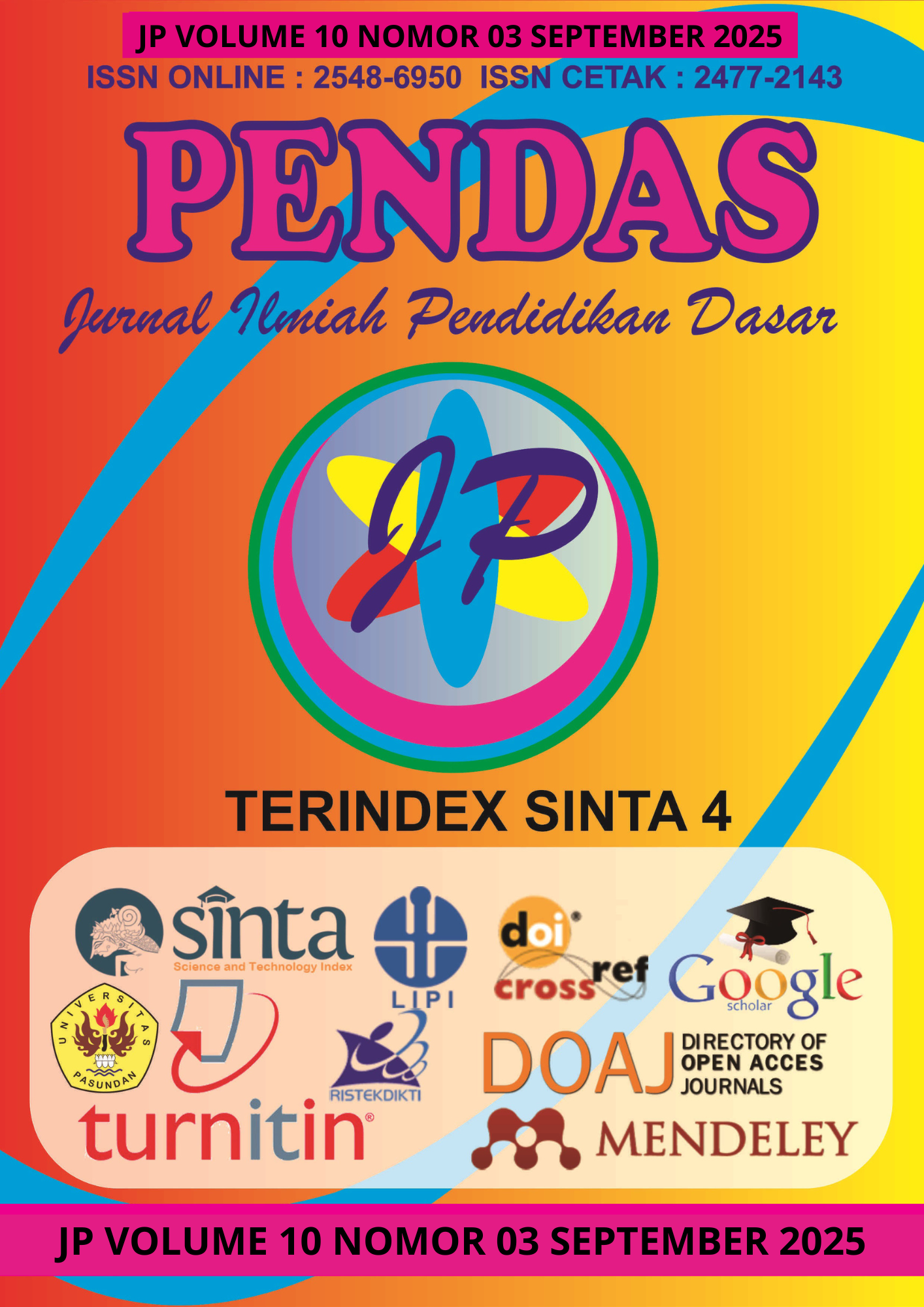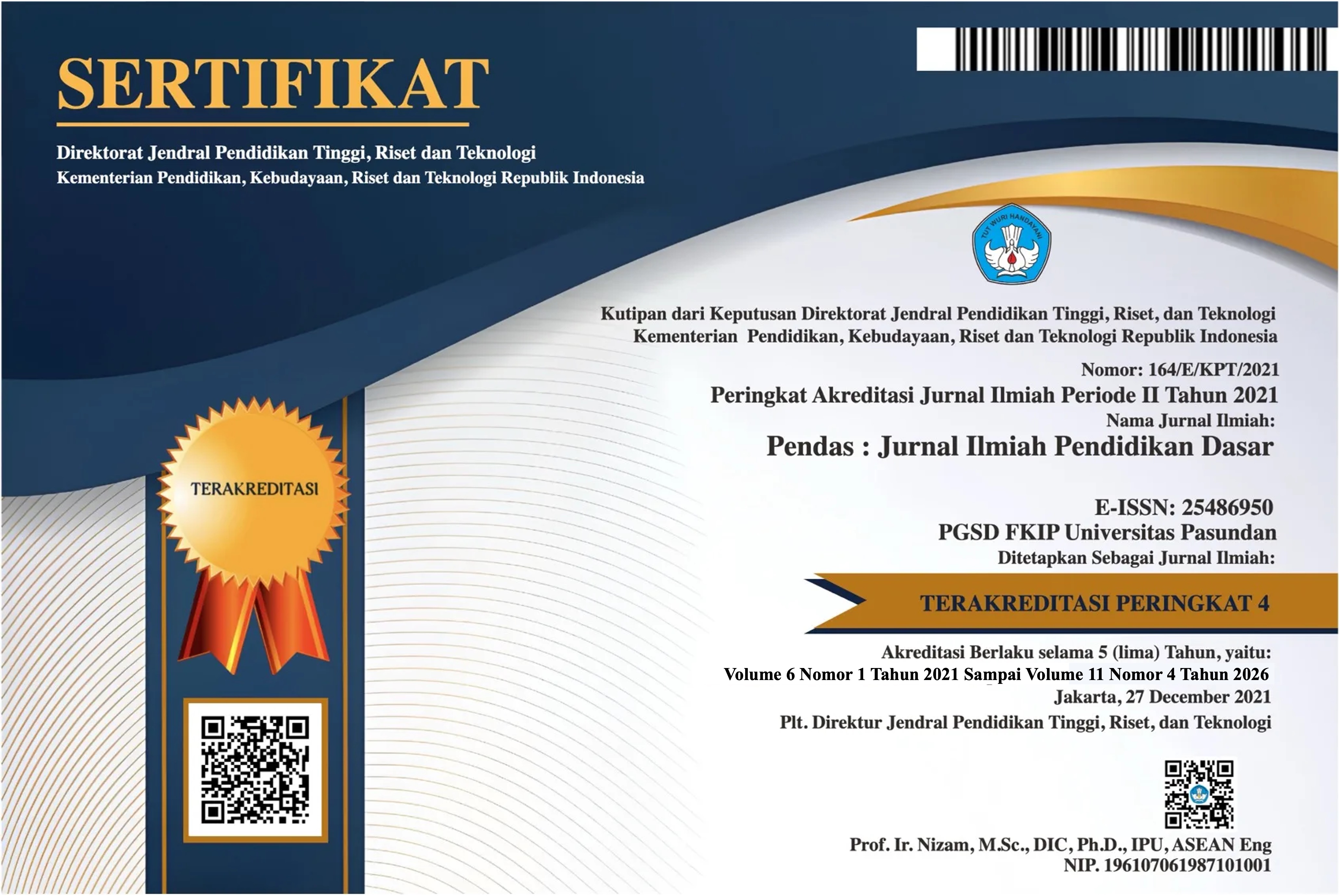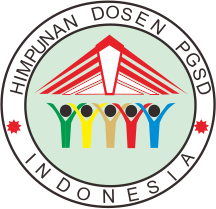TEACHING VOCABULARY USING WORDWALL
DOI:
https://doi.org/10.23969/jp.v10i03.33805Keywords:
wordwall, vocabulary, student engagement, student perception, asking and giving directionsAbstract
This study examined the use of Wordwall as a digital tool to improve vocabulary learning and student engagement among seventh-grade students of SMPN 29 Pontianak in the academic year 2024/2025. Conducted through Classroom Action Research (CAR) in two cycles, data were collected using several instruments, namely vocabulary tests to measure students’ vocabulary mastery, observation checklists to monitor classroom activities and engagement, and questionnaires to capture students’ perceptions and responses. The findings showed a clear improvement in students’ vocabulary achievement, with the mean score rising from 57.64 in Cycle I to 88.27 in Cycle II. Wordwall supported this progress through interactive activities such as matching games, word searches, and sentence completion, which provided repeated exposure, feedback, and meaningful practice. Students also responded positively, showing greater motivation, enthusiasm, and participation during lessons. In conclusion, integrating Wordwall not only improved vocabulary outcomes but also fostered a more engaging and motivating classroom environment, highlighting its potential as a useful tool in English vocabulary instruction.
Downloads
References
Burns, A. (2010). Doing action research in english language teaching: A guide for practitioners. Doing Action Research in English Language Teaching: A Guide for Practitioners, 1–196. doi:10.4324/9780203863466/ACTION-RESEARCH-ENGLISH-LANGUAGE-TEACHING-ANNE-BURNS
Erben, T., Ban, R., & Castañeda, M. (2008). Teaching English language learners through technology. Teaching English Language Learners through Technology, 1–220. doi:10.4324/9780203894422/TEACHING-ENGLISH-LANGUAGE-LEARNERS-TECHNOLOGY-TONY-ERBEN-RUTH-BAN-MARTHA-CASTA
Gao, R. (2021). The vocabulary teaching mode based on the theory of constructivism. Theory and Practice in Language Studies, 11(4). doi:10.17507/tpls.1104.14
Maraden Parlindungan Silalahi, R., Rusmardiana, A., Febriningsih, F., & Taha, M. (2023). Wordwall on mastery of vocabulary in English learning. Journal.Staihubbulwathan.IdS Syamsidar, RMP Silalahi, A Rusmardiana, F Febriningsih, M Taha, E ErniwatiAL-Ishlah: Jurnal Pendidikan, 2023•journal.Staihubbulwathan.Id, 15(2), 1801–1806. doi:10.35445/alishlah.v15i2.3466
Mazelin, N., & Maniam, M. (2022). Using wordwall to improve students’ engagement in esl classroom. Researchgate.NetN Mazelin, M Maniam, SSB Jeyaraja, MM Ng, Z Xiaoqi, Z JingjingInternational Journal of Asian Social Science, 2022•researchgate.Net. Retrieved from https://www.researchgate.net/profile/Shereen-Shamala-Benjamin-Jeyaraja/publication/362402248_Using_Wordwall_to_Improve_Students’_Engagement_in_ESL_Classroom/links/62eb292e0b37cc34476c6600/Using-Wordwall-to-Improve-Students-Engagement-in-ESL-Classroom.pdf
Rintaningrum, R. (2023). Technology integration in English language teaching and learning: Benefits and challenges. Cogent Education, 10(1). doi:10.1080/2331186X.2022.2164690
.Robiya, Feruzabonu,& Oʻgʻilxon. (2024). The Role of Vocabulary in Learning Language. Westerneuropeanstudies.Com, 2(5). Retrieved from https://westerneuropeanstudies.com/index.php/2/article/view/998
Downloads
Published
Issue
Section
License
Copyright (c) 2025 Pendas : Jurnal Ilmiah Pendidikan Dasar

This work is licensed under a Creative Commons Attribution 4.0 International License.



















